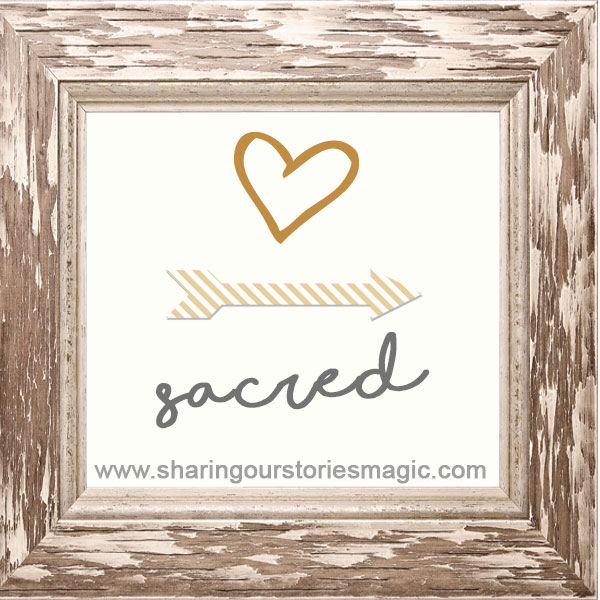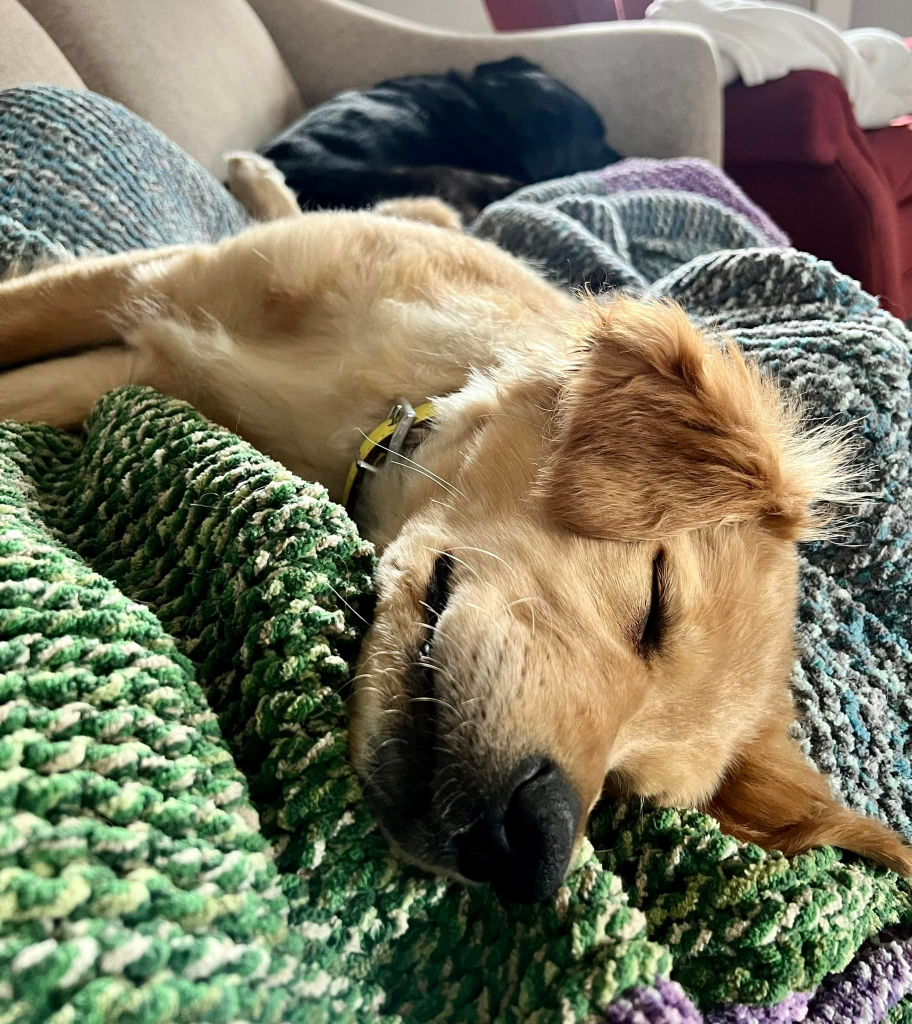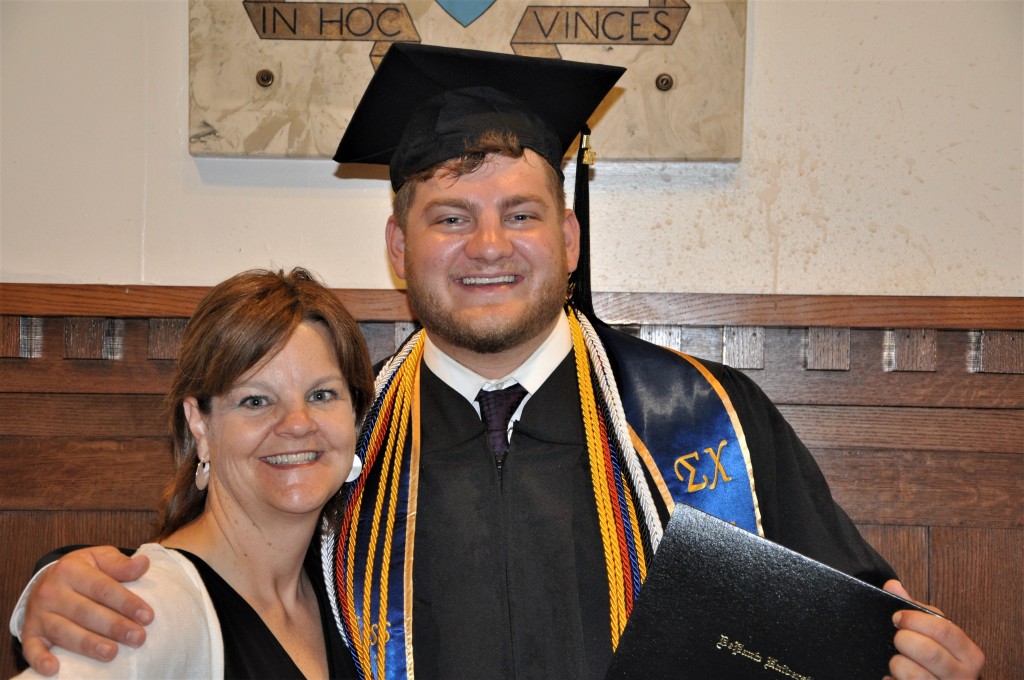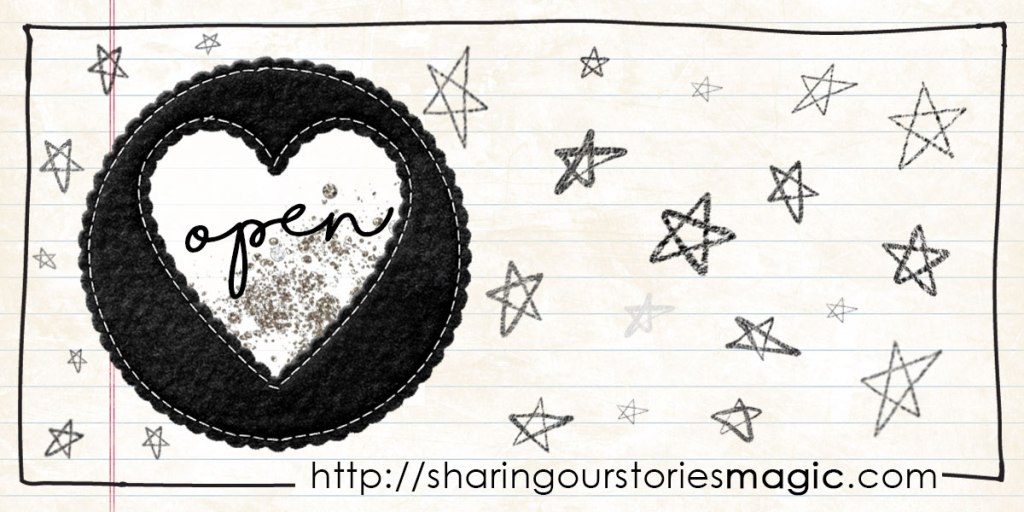

As an expectant mother nearly 30 years ago, I could never have anticipated what would unfold over the next three decades. Never – absolutley never. I listened carefully even to unsolicited advice. I read manuals on caring for babies. And I observed with the keen eye of a social scientist how mothers interacted with their children – nurtured them – comforted them – redirected them – developed independence in them – loved them. No matter how many resources I had available to me, I knew I could not prepare for every scenario.
The best decision I made, however, occurred during a high school volleyball game. Carrying my bag of popcorn, I settled next to a woman for whom I had great respect. Jane, with her her husband, Marv, was raising seven children of her own while running a home daycare – a daycare many of my students had attended and on which they reflected with nostalgia and love; their experiences intrigued me. I had the privilege, in fact, of having had 5 of her children in my English classes, and valued their work ethic, their reflective and compassionate and respectful dispositions, and their intense love of their family.
As Jane and I watched her daughter take the volleyball court, our conversation turned to motherhood and her philosophy of raising children. She observed that nurturing children required intense love, consistent and high expectations, and immense amounts of grace both for the children and for the parent. With a subtle smile, Jane reflected on her expectations of her children, requiring them to participate in the running of the home through chores as well as teaching them the importance of studying – not just completing homework. In the end, she said, “Heather, you can never love your children too much. It will be okay.”
Since that moment in the fall of 1992, I have had the privilege of watching two vulnerable infants unfold into independent, strong-willed, passionate, and compassionate adults. Two humans for whom I would do anything.
I have messed up a million times – yelling when I should have taken a deep breath – filling their schedules too full when I should have told them to simply rest or go outside to play – asking them to be strong when I should have held them while they cried. In those moments, especially in the most heated ones when the stubborn sides of our personalities locked horns, I have learned the art of grace – both in the asking for and in the giving. Again, despite having access to resources and excellent mentors, much of parenting occured in the moment. Always, however, my love for them was unwaivering. In fact, with time, it has only deepened.
Through every step of motherhood, I gained an important life lesson – perhaps the most important of them all. I learned to savor both the bitter and the sweet. For example, there is angst watching a child’s heart break, but knowing they will emerge stronger and more intent on the characterstics they need in a life partner. And the journey is filled with a plethora of these tender, bittersweet moments. As I watched my children drive off for the first few times in their own cars, I experienced elation at their new found independence and fear of realizing they no longer fully needed me. And I celebrated — yet wanted to hang on tighter– as my adult children began their lives after college with new jobs and the purchase of their own homes, trying to walk beside them for as long as I could, but falling farther behind as their strides widened.
Unfortunately, nothing can really prepare a parent for what unfolds. And even in that, bittersweetness resides. Every new human enters the world uniquely themselves – without a manual or even a cheat sheet. The ones in whose charge they are left must figure out what is best in the moment – often without all of the information and certainly without the required resources. In best case scenarios, deep roots develop and parent-child relationships develop and deepen over time. Nothing, however, is guaranteed.
Most recently, my journey as a mother took a path I could never have imagined as I carried my children to term. Just a few days before Christmas this past year, I sat for hours beside both of my children in a dimly lit room we had transformed into Elizabeth’s room. I watched my son – my youngest- rub his sister’s leg, whisper to her, and cry as Elizabeth succumbed to the grip of brain cancer. And while I sat in the room next to the two humans I love more than anything, I felt separate from my physcial body.
So this is what motherhood is, I remember thinking. It is the space where one can simultaneously hold the bitter moments of death and the sweetness of having loved two humans more than life itself.
While my heart aches at the loss of my daughter, it breaks even more when I think about my son experiencing death at such a young age – realizing he has lost his only sibling. And yet, even in these moments of anguish, I continue to experience thanksgiving in having rasied two children who love and respect each other – of having mothered a brave woman like Elizabeth even if it was for too short of a time.
No other life experience has fully captures the flavor of bittersweetness quite like watching my children sit together in death – one trying to hold onto his sister, and the other letting go. This specific moment offers me the intense reality that this is motherhood – parenthood – and I am doing the best I can. In the end, Jane was right. My work as a mother is important. I had nurtured these two individuals into adulthood, and even if the story isn’t written the way I had imagined it should be, it is my story. And everything is okay.

I’m joining an open community of writersover at Sharing Our Stories: Magic in a Blog. If you write (or want to write) just for the magic of it, consider this your invitation to join us. #sosmagic










